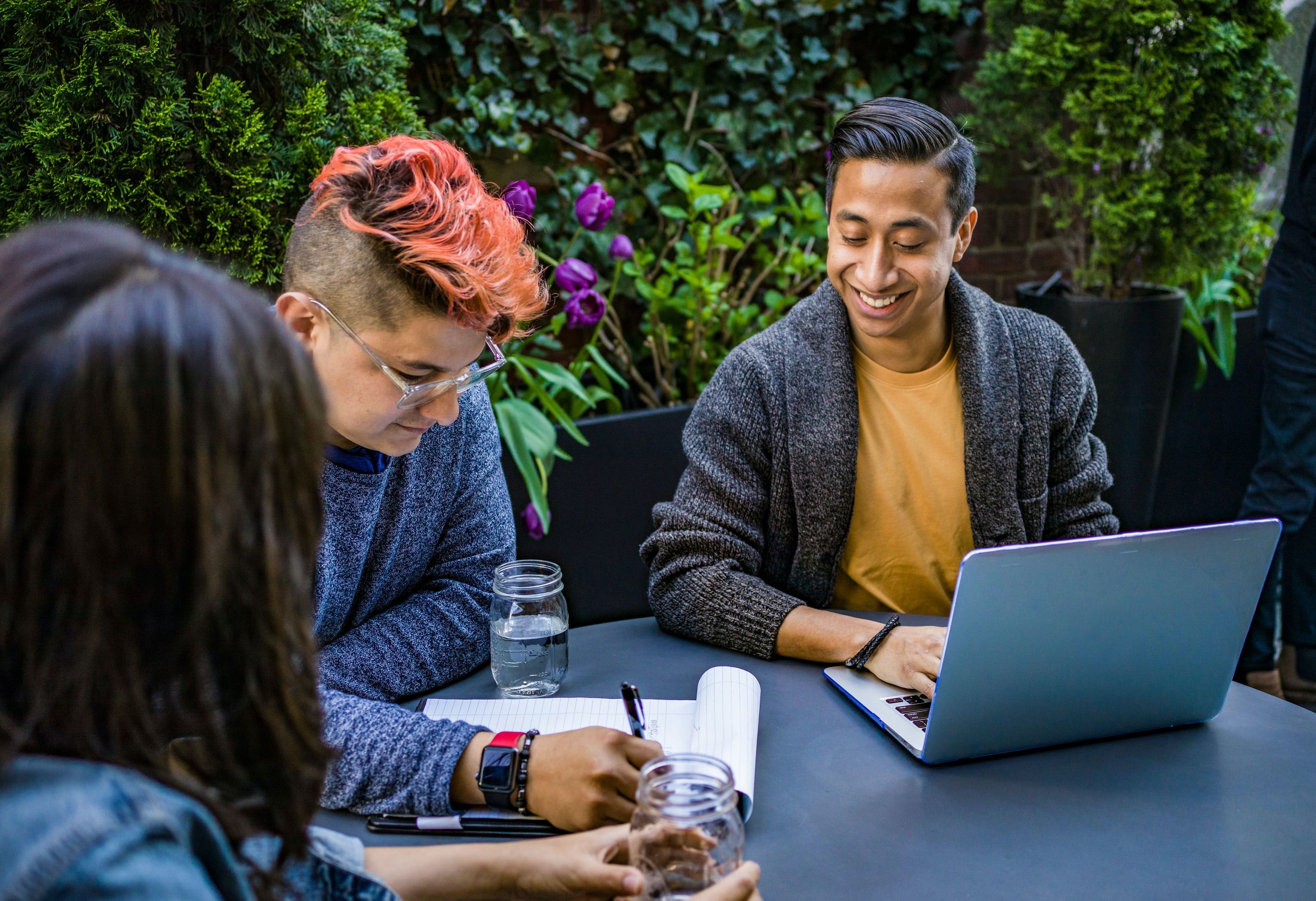An Introduction to Body Doubling
 A three-person body doubling session.
A three-person body doubling session.
If you read about productivity or have friends or family who are neurodiverse, you might’ve heard of a practice called “body doubling.” This practice, while more recently popularized, provides structure and accountability to those who seek to get things done, and can be a powerful tool in anyone’s toolkit.
This article will provide a brief overview of what body doubling is, why you might consider body doubling, and how to implement body doubling in your workflow.
What Is Body Doubling?
Body doubling is the practice of working on tasks in the presence of one or more individuals (the “body double(s)”, who in turn may be working on their own tasks). Simply put, body doubling leverages mechanics of accountability and (for some) social pressure to encourage focus and productivity.
Body doubling is a tool commonly employed by individuals with ADHD and other attention-related conditions, but it can be used by anyone. It originated in the field of psychology as a means of providing a support structure to patients undergoing exposure therapy and has since been adapted to fit several different use cases.
Why Body Double?
Body doubling tends to encourage a sense of focus and accountability that some may experience difficulties establishing themselves. That is, by introducing a “body double,” individuals tend to feel more focused and like they’re accountable to their body double to complete tasks. In turn, this often provides a sense of structure to work time that an individual might not feel while working alone.
How to Body Double
I’ve broken down four steps to having a successful body doubling session to make things as simple and straightforward. While this structure should fit most cases, be sure to adjust as necessary to find a working situation that works best for you and your needs.
1. Find Your Body Double(s)
First and foremost, you need a body double. This can be virtually anyone so as long as you’re able to get together in some fashion (i.e., in-person or remote). I tend to lean on friends and family first when looking for a good body double.
2. Create a Block of Time to Body Double
Coordinate with your body double to set a time for your body doubling session. The length of this session is ultimately up to those who will be involved. I like two-hour sessions.
3. Establish an Intent for the Session
As you’re starting your session, talk with your body double about what you wish to accomplish during the session. This helps your body double understand what you’re working on and establishes a sense of accountability to your body double that you’re going to do what you said you’ll do while also setting your focus for the session.
4. Get to Work
Once you’ve found your body double, gotten to your session, and set an intent for the session, it’s time to get to work. Try to keep your focus on your intent and avoid distractions whenever possible.
(Optional) 5. Review
Optionally, review what you accomplished at the end of the body doubling session and compare it against the goals you set at the start of the session. Ask yourself whether you accomplished your goal(s) and (if you didn’t achieve your goals) what you might be able to do to encourage the focus and flow you need next time.
Tips and Tricks
- “Block” your body doubling time so you have a set amount of time to work in (and ideally complete your tasks within).
- Use the Pomodoro technique to help encourage a steady stream of focus throughout your body doubling sessions.
- Don’t be afraid to body double over voice or video chat services like Discord or FaceTime.
- Set reasonable goals for your session, but feel free to go beyond your goals if you find yourself with spare time.
- Body doubles can work on their own tasks, too! This can even help encourage the productivity flow for everyone involved.
- Set up your workspace to minimize as many distractions as possible, or consider finding a space to work where distractions are minimal. In addition, try to prepare yourself with everything you’ll need for your session in advance.